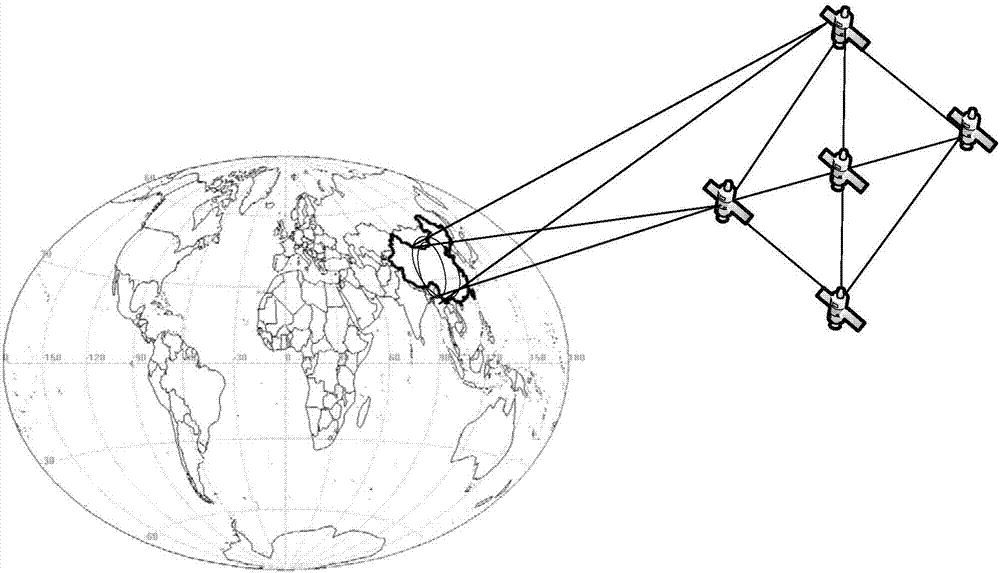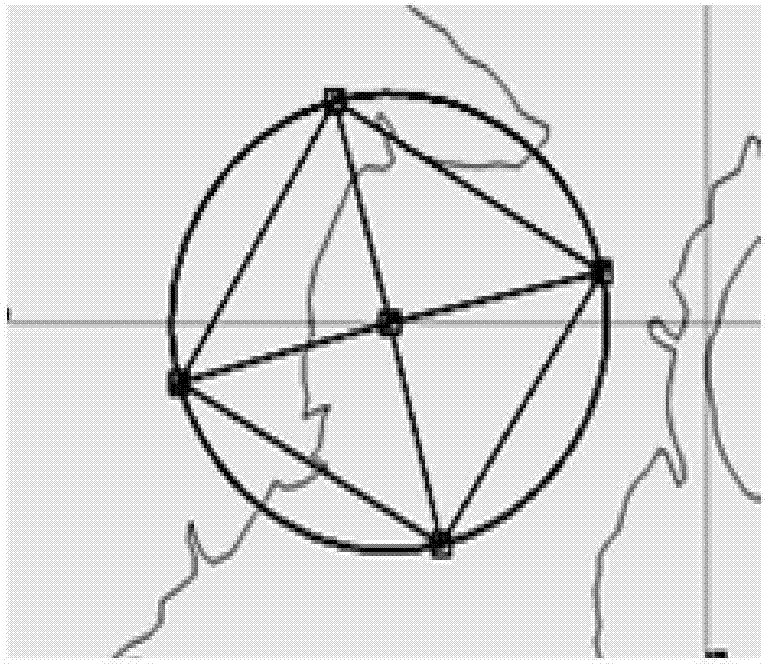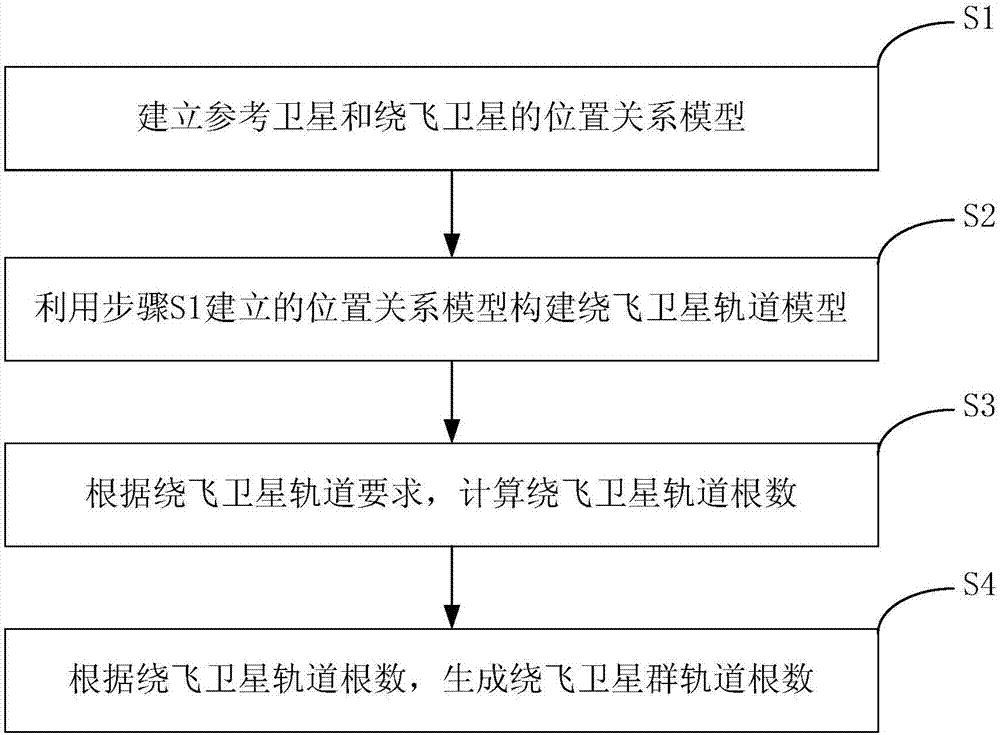Satellite group orbit design method for geostationary orbit satellite distributed co-orbital flight
A technology of geosynchronous orbit and design method, which is applied to space navigation equipment, aircraft, space navigation equipment, etc., and can solve problems such as difficult to meet the multi-satellite co-orbit configuration design of geosynchronous orbit satellite groups, scarcity of orbital resources, etc.
- Summary
- Abstract
- Description
- Claims
- Application Information
AI Technical Summary
Problems solved by technology
Method used
Image
Examples
Embodiment Construction
[0095] In order to make the purpose, technical solution and advantages of the present invention clearer, the present invention will be further described in detail below in conjunction with the accompanying drawings and embodiments.
[0096] The orbital element is a set of parameters used to describe the state of the satellite in its orbit, including the semi-major axis of the orbit a, the eccentricity e, the orbital inclination i, the right ascension of the ascending node Ω, the argument of perigee ω and the mean anomaly angle M, Expressed in vector form as:
[0097]
[0098] In the formula, the orbital semi-major axis a determines the size and orbital period of the satellite orbit, the eccentricity e determines the orbital shape, the orbital inclination i, the right ascension of the ascending node Ω and the argument of perigee ω characterize the spatial orientation of the satellite’s orbital plane, and The mean anomaly M represents the instantaneous position of the satelli...
PUM
 Login to View More
Login to View More Abstract
Description
Claims
Application Information
 Login to View More
Login to View More - R&D
- Intellectual Property
- Life Sciences
- Materials
- Tech Scout
- Unparalleled Data Quality
- Higher Quality Content
- 60% Fewer Hallucinations
Browse by: Latest US Patents, China's latest patents, Technical Efficacy Thesaurus, Application Domain, Technology Topic, Popular Technical Reports.
© 2025 PatSnap. All rights reserved.Legal|Privacy policy|Modern Slavery Act Transparency Statement|Sitemap|About US| Contact US: help@patsnap.com



